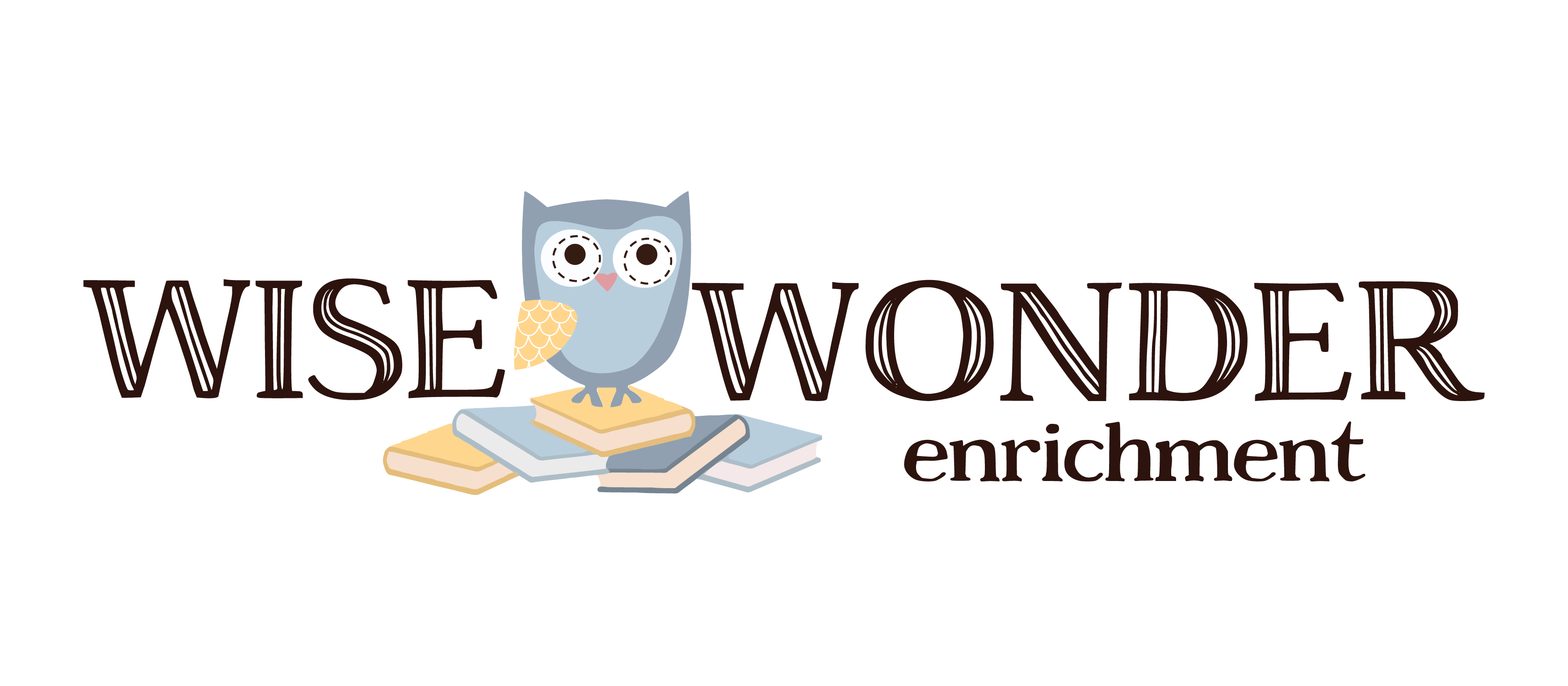We believe the best classrooms are the collaborative ones.
Of course, there are times that call for individual and silent work — a space for children to work through ideas and problems on their own. But inviting little ones to think, discuss, and expand upon thoughts with the help of others allows for a depth of discovery they may not have reached alone.
We work to incorporate collaborative exercises with our littlest learners. It’s often easier for a child in preschool to address a group of peers than it is for a third grader, as the older children get the more self consciousness seems to creep in. But how do you encourage children to open themselves up to collaboration? We have a few methods that work — and the earlier you begin implementing them, the better.
Incorporate cooperative learning exercises.
Encouraging students to understand how to work together as a team is the first and most important step of creative a collaborative space for children to learn and grow. Cooperative learning focuses on groups working together to achieve a common goal, rather than placing an emphasis on competition between peers. This type of learning can be enforced through the incorporation of games and listening exercises. We use Mat Man in class, which is an activity created for children to develop body awareness and to develop fine motor. Place all of Mat Man’s parts (eyes, nose, ears, etc.) on the floor and have children work together to place them correctly and efficiently. This allows for not only cooperative learning, but also more discussion as they’ll need to talk amongst themselves to work out the puzzle.
Ask open-ended questions to the group.
While children will often answer these individually as opposed to together, the different answers given provide the opportunity for a more in-depth discussion. Often, the children will begin asking each other questions as well which allows the teacher to observe and continue the conversation along. By allowing students to converse and get to know each other’s likes, dislikes, thoughts, etc., you are providing the foundation for continued collaboration. This also develops a child’s sense of social and self awareness, which helps them to build stronger relationships with others — and solid connections allow for more fruitful partnerships!
Work your way up.
It’s good to start small, particularly with younger children. Begin with just pairs, and then open it to a bit of a larger group. Our classes have no more than six children, so often, we all work together on things like puzzles or reading exercises — depending on the age group. For larger classes, working your way up is key in allowing children to adjust and transition in a way that is comfortable for them. It also gives them a chance to understand the process of working together as a group, and allows for better results in their work.
Keep the routine consistent.
We always complete our work in the same order each week so our students remember what comes next and are eager and excited to complete each activity. This is key in group exercises as well, as children can settle into the routine and understand what is expected of them. Routines affect a child’s cognitive and overall social development. They also expand a sense of stability and order, which are beneficial skills to have as little ones continue throughout their education.
We hope these little tips and tricks open your little ones’ minds to a whole new world of thought and discovery. A little encouragement and collaboration can produce some amazing things. And, of course, never forget the most important aspects of collaboration and friendship: be kind, be thoughtful, and always lift each other up.

